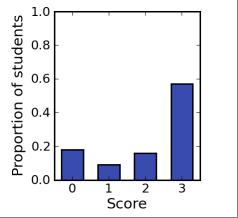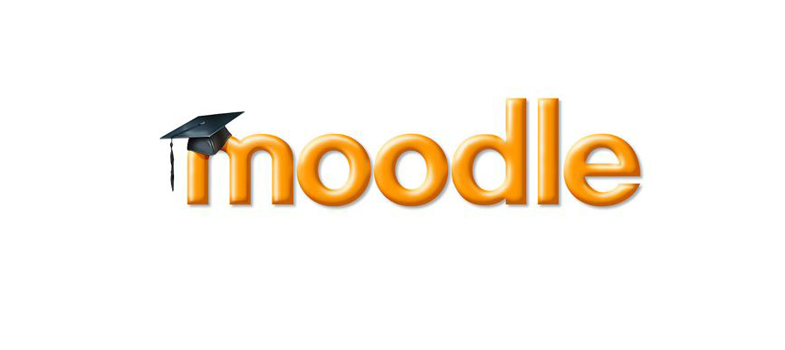1.2 Evidence that instant feedback is effective at promoting learning
Here is some raw evidence for the effect of instant feedback. The charts were prepared for questions used in a summative iCMA and we are clear that the summative nature of the test made students pay attention to and act on the feedback.
The charts show scores on an S104 question and iCMA taken by ~1,000 students.

Figure 1.1 shows that approximately 57% of students answered the question correctly at the first try and were awarded 3 marks. After a first hint a further ~16% gave the correct answer and were awarded two marks. And after a second more detailed hint a further 9% of students reached the correct answer and were awarded 1 mark. 18% failed to get the correct answer and scored zero.

Figure 1.2 combines all question scores across a summative iCMA to show the effect of feedback and multiple tries. If we add up the scores on the first try we arrive at the left hand chart; the sort of chart an examiner might well like to see with almost a normal distribution.
The middle chart shows the effect of adding in the scores of students who gave the correct answer on the second try and the overall effect is clearly to move the peak of the distribution to the right, to a higher score.
The right hand chart completes the story and provides clear evidence that students are acting upon the instant feedback that these iCMAs provide and are learning in the process.
1.1 Promoting learning with instant feedback
